Runs on Sun (and rain)
Runs on Sun (and rain)
Less CO2, more H2O!
This is a retrofit of a double-brick and tile home built in 1971. The orientation is north–northwest by north, and the home was built to be solar passive. Over the last seventeen years, the passion has been in taking progressive steps towards making the property and transport more sustainable, reducing the carbon footprint and aiming to achieve carbon ‘ tiptoes ‘.
The meter-long eaves on the north side of the house provide shade to the windows in the summer, whilst allowing warming sunshine inside in winter.
The roof tiles were originally a dark-green colour. These have been treated with Insulpaint in an off-white colour, which has significantly reduced the summer temperature in the house.
Both solar array systems are unified in a hybrid off-grid sytem When the sun is shining, this system can power the house and/or charge the electric vehicle/s and/or charge the storage batteries ( 34 kWhs). Excess electricity, up to 5 kW can be exported to the grid. When there is no solar power, the batteries can supply the house load. If there is no solar or insufficient battery power, electricity can be taken from the grid. If there is a grid outage, the batteries can ‘ keep the lights on ‘.
Over the last seventeen years, over 110,000 units / kWh of renewable energy have been exported to the West Australian grid (the SWIS). Over the last twelve years, I have not had to pay an electricity bill.
The all-electric vehicles mean that I do not buy petrol. Garden and power tools ( lawnmower, etc ) are re-chargeable battery electric.
With a total roof area of 240m2 (including all sheds/outbuildings), rain water is harvested via custom made, extra capacity gutters (to cope with tropical type storms). To try to keep the water as clean as possible, the following systems are fitted: metal leaf gutter guard, double filter screen rain heads, ‘first flush’ units, and ‘Maelstrom’ cyclonic type filters. Total storage capacity is 112,000 Ltrs. This is used for bush fire defense via roof top sprinklers, vegetable garden, fruit trees, general garden, and, after further filtration, for kitchen and drinking.
Part of the vegetable garden incorporates salvaged baths on plinths. Shade-cloth protects the vegetables in summer, but allows in the winter sun. The whole vegetable patch is enclosed in wire mesh to keep vermin, especially possums, at bay. Kitchen scraps, vegetable and grass cuttings are all composted. Fruit trees include nectarine, mulberry,mandarin, orange, apricot, almond, apple and a young mango.
This home demonstrates that solar PV can be good for both the Pocket ( with greatly reduced running costs ) and the Planet.( with reduced emissions ).
This home is supported by Sustainable Energy Now.
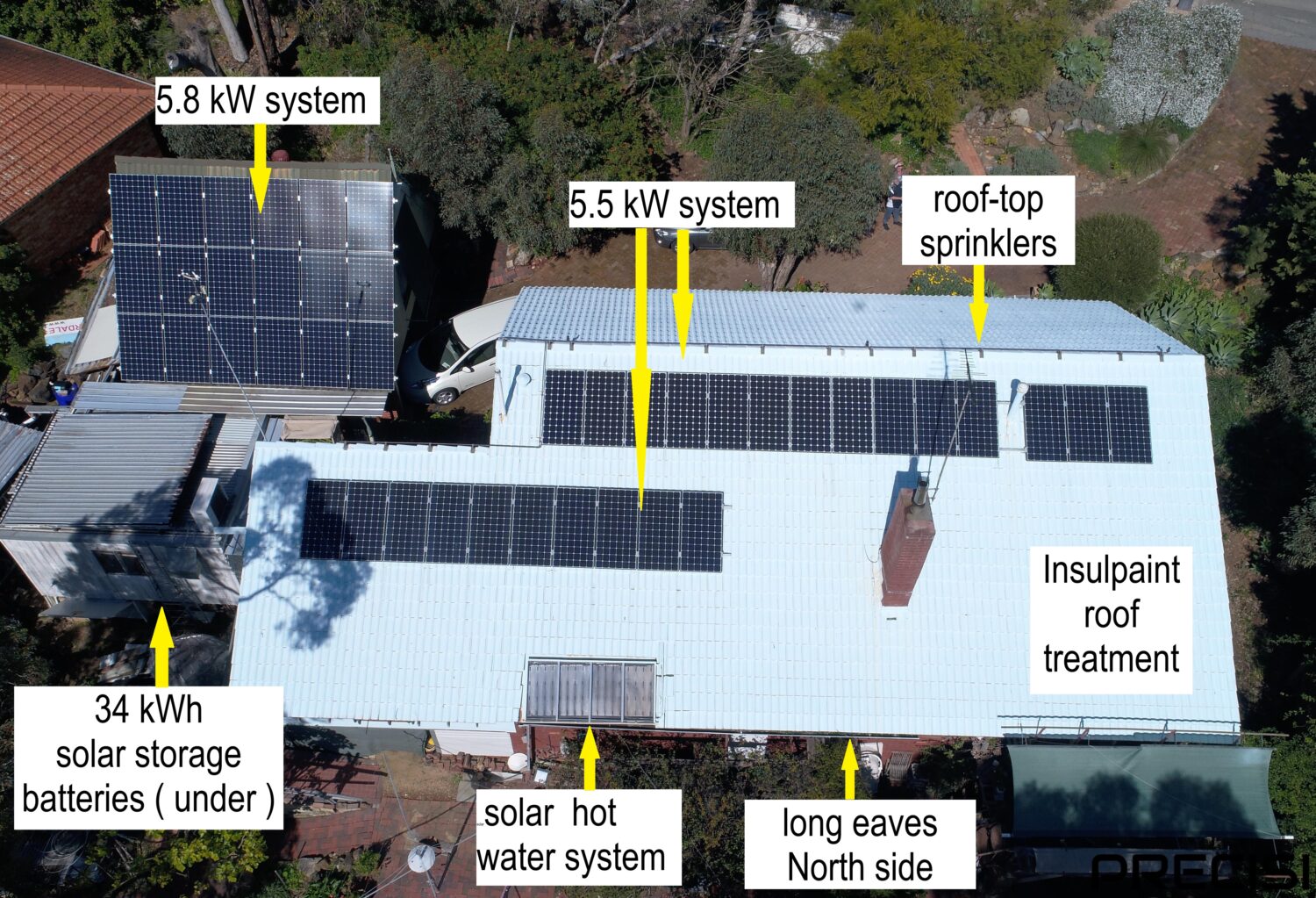

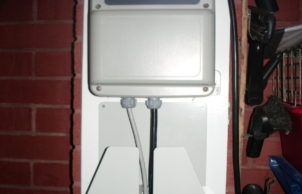
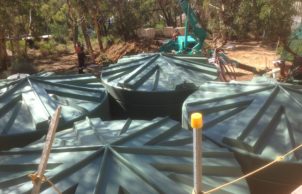
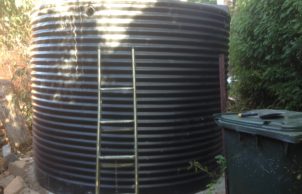

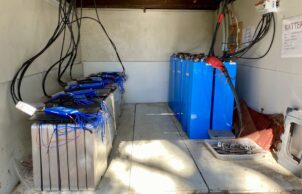
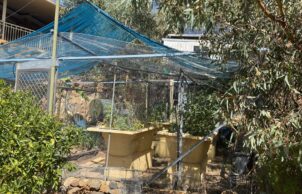
Ask questions about this house
Load More Comments